
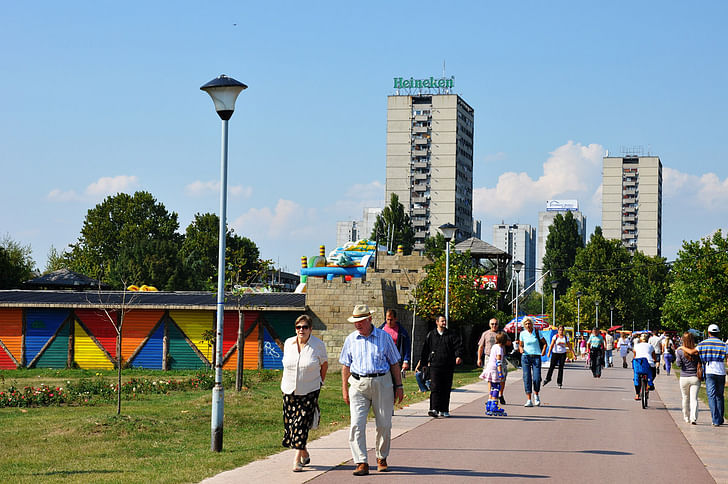
Aging Modernism:
Incremental evolution in self-correcting
cities and the importance of everyday architectural acts in the
continual re-formation of the modern cityscape
The modern planned city, a vehicle of political and national
development, is a phenomenon of yesterday. The totalitarian power and
massive decision making authority necessary to build and maintain it has
proved unsustainable in most areas of the modern world. As the plans
age, people alter their course, sometimes with the help of just a
jackhammer. Programs change, redundancies develop and the logic of the
plan fades. The question is no longer, “did it succeed or fail?” but
instead, “how has it changed?”
These large scale infrastructural experiments did not allow for
inconsistencies that would erode the power of the plan. Although in many
cases the plans still exist, over time smaller scale changes have begun
to compete with their authority.
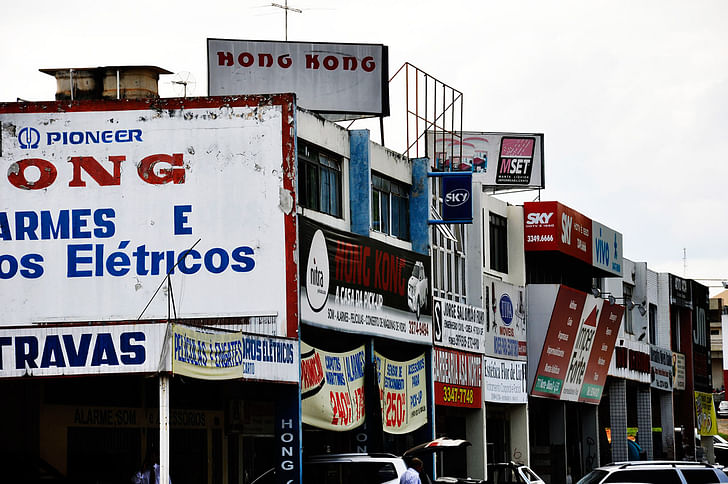
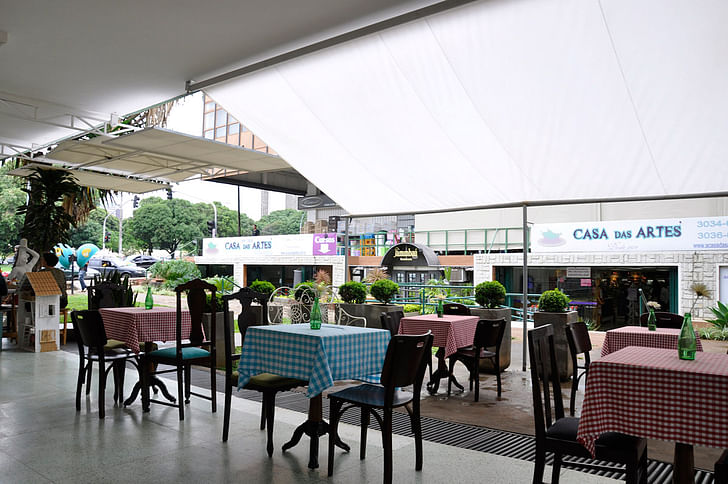

In the past year, I traveled across the globe to sample a variety of such landscapes—aging modernist plans conceived and constructed en masse, slowly grown over by the individual interventions of their inhabitants. My aim has been to expose the process of intervention as an integral catalyst in the evolution of the city’s structure and organization. The particular architectural interventions made by inhabitants accrete, repeat, invert and invade the space of the city, restructuring the systems that surround them. Understanding this allows the designer to invoke change through participation in the inhabitants’ systems, rather than the other way around.

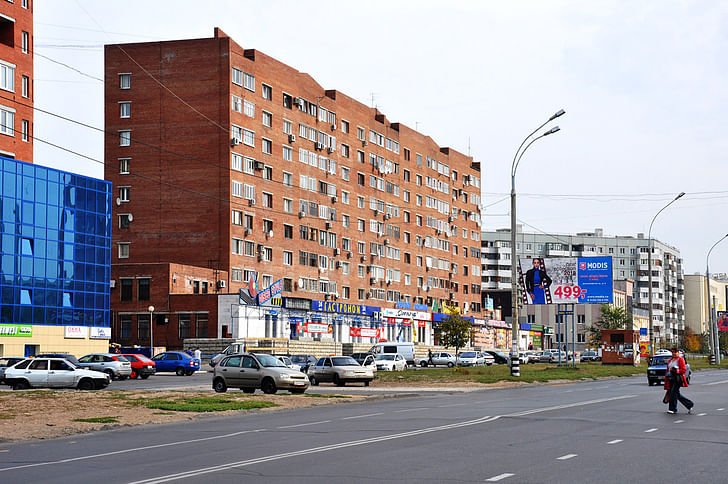
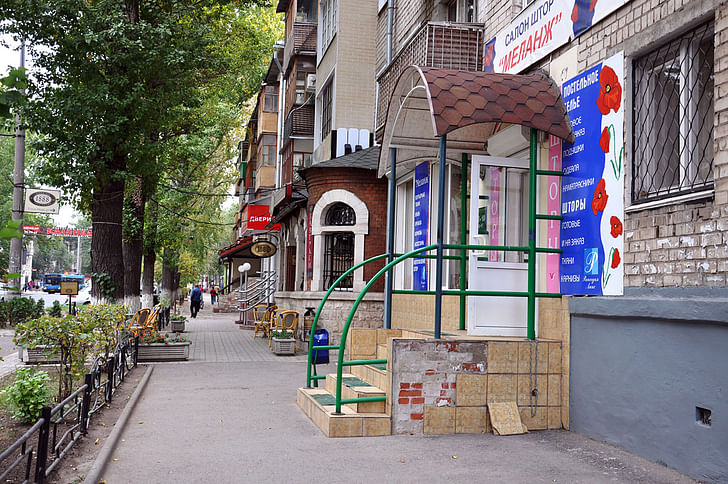
Because these cities are still relatively young, they provide a fertile
ground for understanding the relationship between the planner’s idea and
the lived-in reality. By understanding the reality, the designer can
learn a new role in urban design that does not project control, but
instead adopts the cues of an already functioning process of urban
upgrading that is practiced by the cities’ inhabitants.
The endeavors of individuals are the cues; a network of simple changes
that hold concrete giants out of obscurity, shoring them up for an
unpredictable future. These cues begin the focused effort of
transformation. Oblique windows connect balconies to walls in Tolyatti,
rippling across the concrete panels of prefabricated facades. Wood frame
roofs with ceramic shingles cap concrete towers in Ankara because there
they keep out water better than flat slabs. Steel frames attach to
Eisenhüttenstadt’s housing blocks, lifting balconies up to windows.
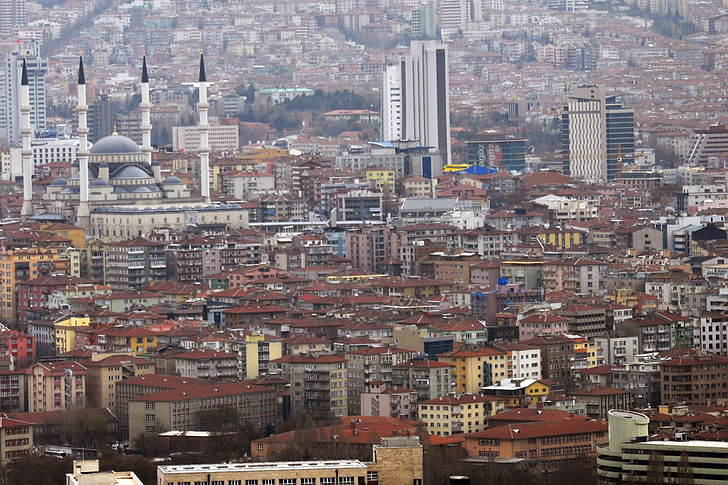

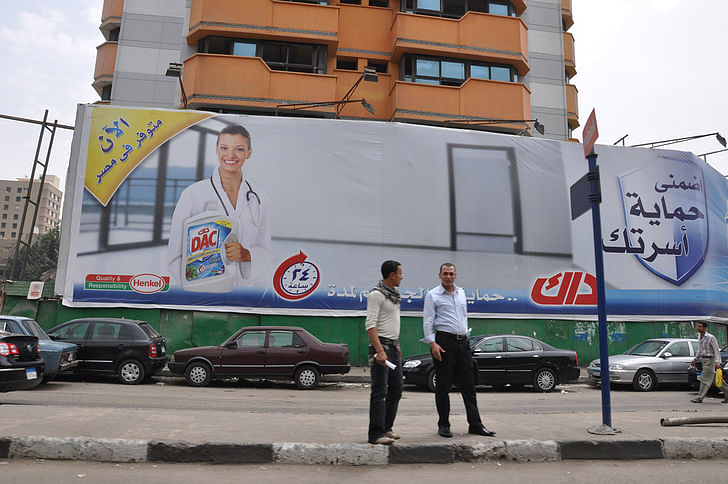
Unlike the inhabitants, professionals have legal access to public space
and the ability to strategically pull together individual efforts. Left
alone, inhabitants’ efforts spread through informal channels,
tangentially linked by their collective effort to improve space, which
through its reproduction moves out of the private and into the public.
More often it is a combination of individual endeavors and professional
responses that evolve the status quo. Residential leapfrogging created
downtown Tel Aviv. Bicycle carts reinvented Chandigarh’s commerce, with
the help of a few architects and a watchful planning department. Plinth
extensions opened up Tolyatti’s slab residences, and the takeover of
Novi Beograd’s Block edges reversed the orientation of the city’s public
space.
These systems are already at work in the city, invented and constructed
by inhabitants, seen and adopted by their city administrations. The
residents’ desire for a comfortable, but more importantly, larger space
drives interior expansion that is read on the façade, copied across the
street and institutionalized in the next building project. The
residential entrepreneur not only expands, but also divides space, so as
to create separate living accommodations and income supplements. A
commercial entrepreneur aims for visibility—painting, sculpting, and
constructing varied façade elements and sidewalk intrusions to grab the
individual—such elements increasing in scale with the speed of the
passerby. The restaurant owner hoards public space by dividing and
limiting access with low fences that maintain the view for effect.
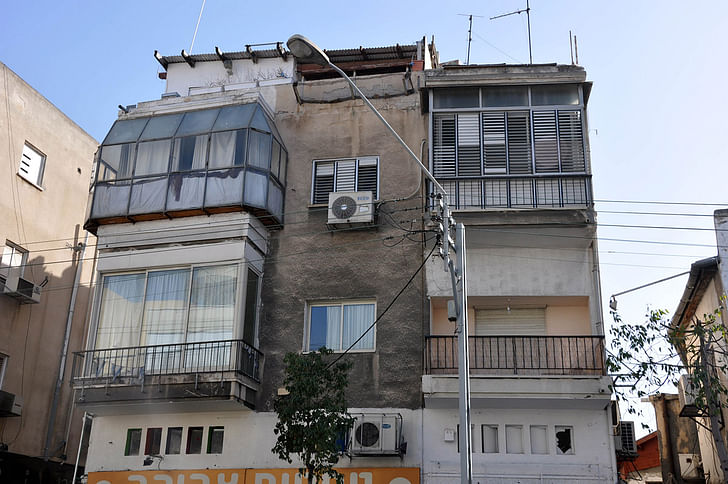
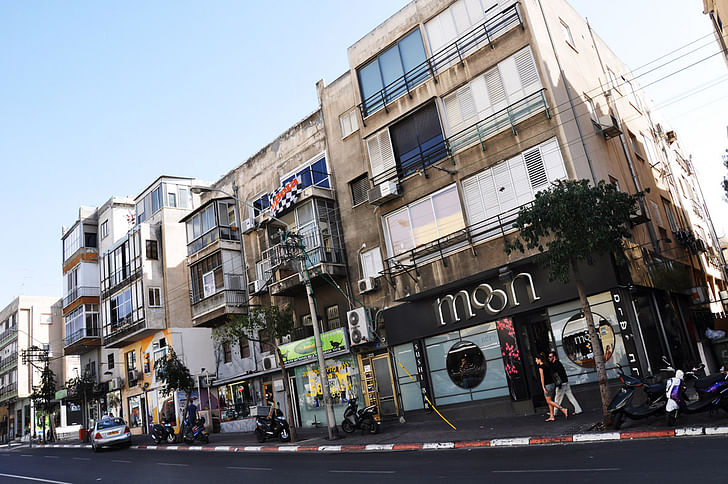

The designer needs to understand not only the way that these trends move at the individual and often informal level, but also the extent to which, and how, they are adopted and modified by the powers-that-be in a city: developers, citizens’ associations, and city administrations. These powers can respond by ignoring and therefore allowing changes, accommodating by enhancing them, or destroying them altogether. By accommodating, the city opens the door for designers to participate in the interventions. Strategies like the space invasion in Chandigarh, Tel Aviv building extension and Brasilia’s sidewalk occupation become expedient pieces of a new approach to urban evolution that attach themselves to existing systems latent with the potential to guide the future.

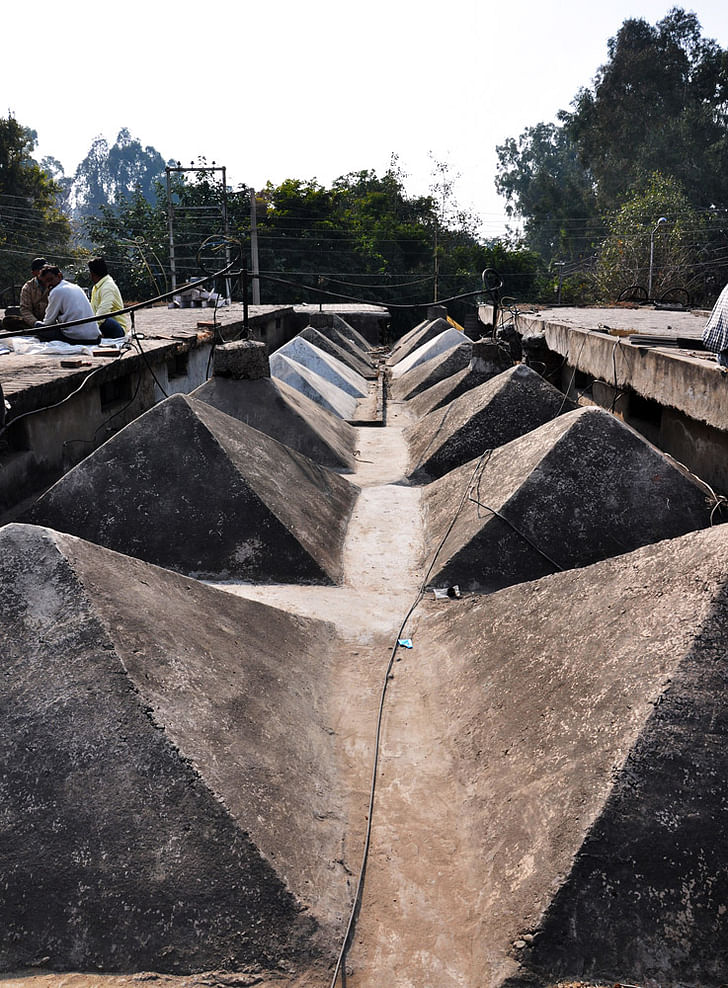
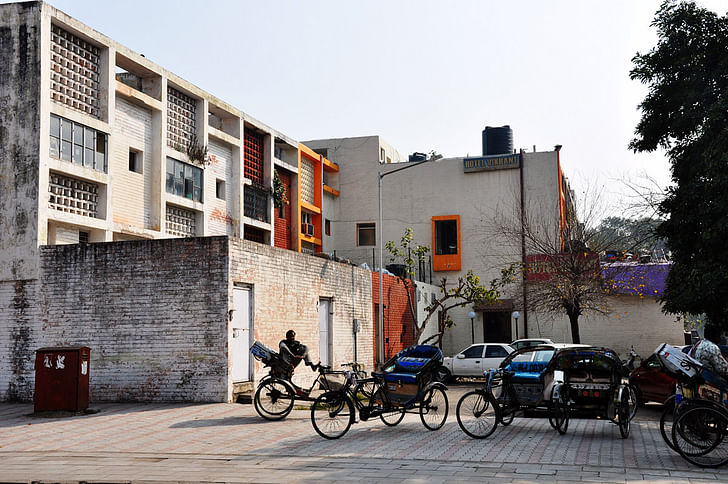
These observations lay the foundation for a master’s thesis that
imagines the future of the city as an incremental, contingent system of
interventions that supports its users.
3 Comments
You have done a great job identifying the changes of these Modernist materplans by end users.
Two questions. Your fellow Branner fellow Adriana seemed to identifya range of strategies used across favelas in various locales which could be viewed as a toolkit for application elsewhere. Did you notice anything similar?
Did the alterations follow a regional/climatic or other pattern? If so, or even if not could these be standardized to allow the architect/designer to pre-design such alterations in?
Basically what role can architect play in developing or furthering such a system pre-occupancy? Or can such alterations only be understood within their temporal context as a need that needs to be filled now and then is?
fascinating work!
Great start. I just finished reading LA: Under the Influence by Roger Sherman, and as I'm sure you're well aware, the business relationships involved in hybridizing and evolving existing structures is heavily rooted in the citizens cultural attitudes towards land ownership. I'm particularly interested in how your theories translates to contemporary American cities, such as Los Angeles, Phoenix or Houston, where the adaptation and improvisation of our modern-planned cities is linked to many of the stringent building codes and land use applications, as well as perception over private vs public land. Proposing new ideas on the architect's role in the current business model to propel these new adaptations is going to be really interesting to read about. Can't Wait!
Block this user
Are you sure you want to block this user and hide all related comments throughout the site?
Archinect
This is your first comment on Archinect. Your comment will be visible once approved.